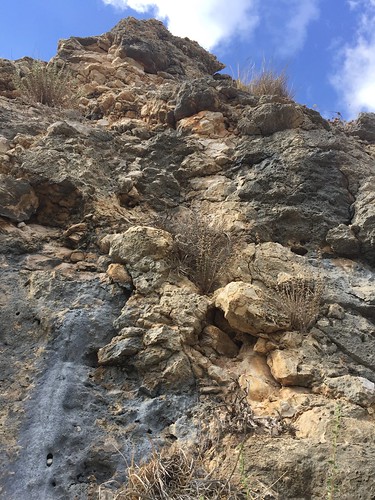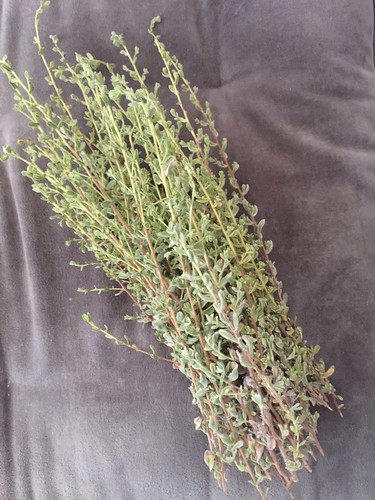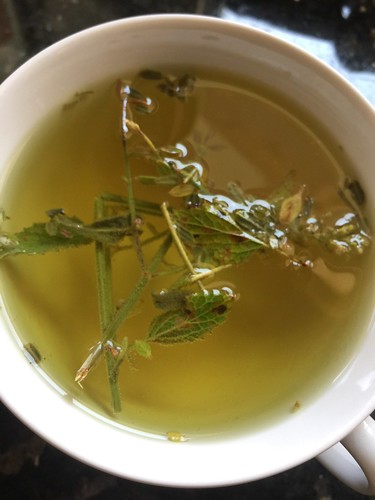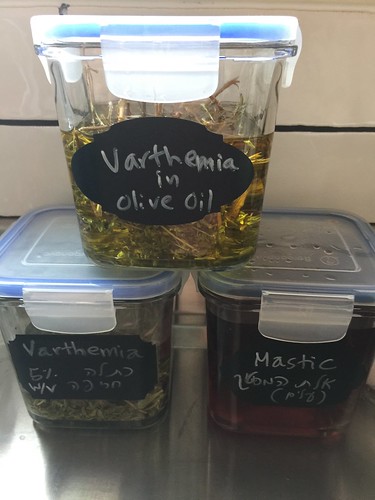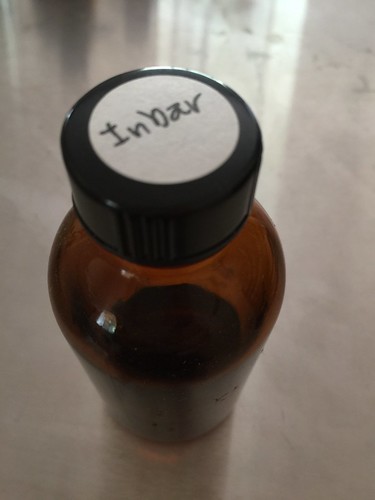
Although I never intentionally created my perfume with aromatherapy mindset, I found them to be very healing throughout the years. Partially because of the creative process itself - the bringing together of contrasting and conflicting elements that represent such aspects within my psyche. And partially because I actually felt the plants' healing energy through wearing the perfumes:
Grounding, soothing, reviving, reminiscent of the places and people I missed and longed for, helped me get through many rough patches and heartbreaks that permeated the majority of my years on this earth.
While moving my vast collection of fragrant materials, I realized that at my fingertips I have an entire pharmacopeia. This is also true for some of my fragrances. A few weeks ago I started the day with intense sense of grief and feeling very heavy hearted and anxious. I had to fill orders that morning, and make samples of
Ayalitta. I dabbed some on and no less than fifteen minutes later I noticed that I am feeling more grounded and that the anxious hole opening at the pit of my stomach started to close... It could be partially explained by power of association and past experiences wearing this scent while being in a similar state of mind and finding it soothing. Also, I think another big part has to do with the actual plants in it and their healing powers, namely sage (both Spanish and Clary), rose, jasmine, neroli and patchouli.
Part of my moving back to my home village was for reconnecting with nature and Mother Earth in a more immediate, hands-on manner. I wanted to not only smell the spirit of the plants that I love and cherish, but also experience them int heir living state. I wanted to see how they grow and turn the brown soil and sunlight they absorb into myriads of different colours, shapes, flavours, scents and therapeutic properties.
Behind my home is a mountain, and on it grow wild many fragrant and medicinal plants. It's awe-inspiring how many remedies are gifted to us by Mother Nature. If we only listen and learn her secrets, we have the potential to heal gently and find cure for many of our physical and emotional pains and misalignments. Plants are such benevolent creatures, I am now beginning to understand on a more immediate level why so many tales and myths about plants associate them with a spiritual being, such as an angel, nymph or even a god or a goddess.
The properties and aromas of the plants here fascinate me. They feel familiar (and in fact I know many of them since forever) - yet I keep meeting new plants that are either highly fragrant or medical; and those that I do know keep surprising me with new uses and therapeutic potential that I never knew existed.
For example: I came across a very ambery-spicy-herbaceous-smelling herb that has quite resinous leaves., growing in rather rocky areas up on the mountains here. I could not ID it because it never had flowers when I saw it. I tried brewing it into teas (even though you probably shouldn't consume something you haven't even identified yet!), tincturing it, and also drying the leaves, which I want to incorporate into incense. Just yesterday I saw someone post about it and was able to immediately recognize it -
Chiliadenus iphionoides (כתילה חריפה). Turns out it has not only a delicious aroma but also many uses for diseases in respiratory system, as well as the heart, digestive system, skin conditions, wounds, fever, overall weakness and joint inflammation.
Teucrium (Germander) is another new discovery for me - for both its fragrance and myriads of medicinal uses. And also I am going to dedicate an entire post to the various thymes and oreganos that grow here, which aside from their well known culinary significance in regional and international cuisine - are also extremely valuable medicinally; and I'm also warming up to their fragrance per se (a rare occurrence in perfumery, really).
Vitex agnus-castus (שיח-אברהם מצוי) always eluded me with its fragrance, and now I'm also discovering its healing properties, especially for women's health. And last but not least - I discovered that clary sage is actually a wild plant here as well, and was gifted two tiny plants from Neta Fink who visited my studio last week. I am feeling very inspired to study these plants - both old friends and new ones - explore properties and work them into new applicable products that would be both fragrant and healing.
